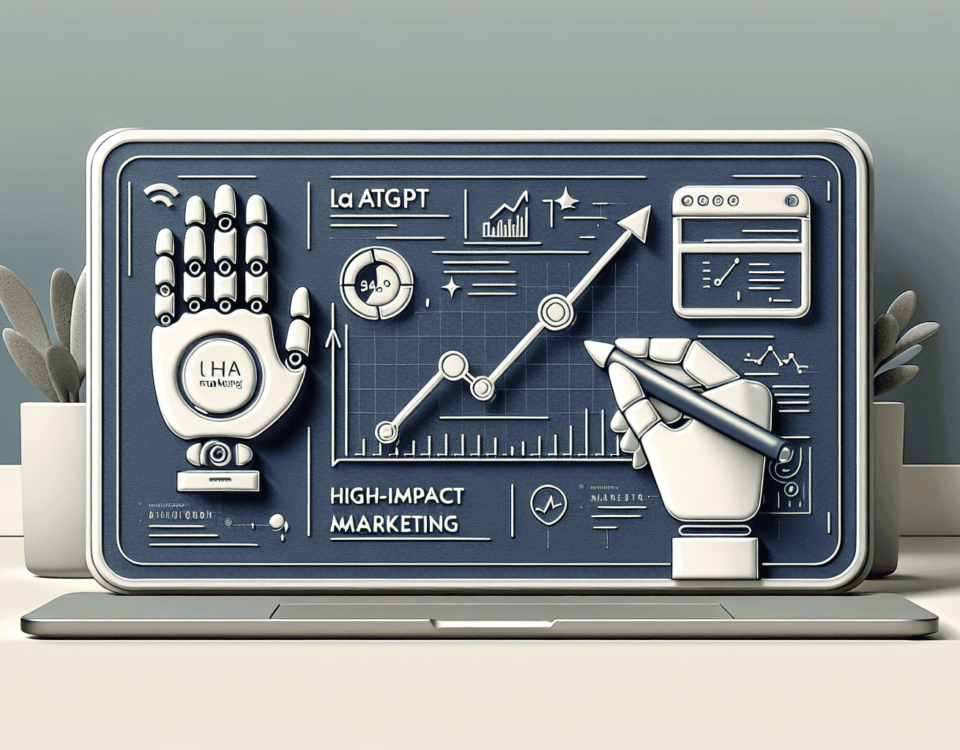Setting the Stage: Contextualize Your Data
As a Computer Science professor with decades of experience, one lesson I’ve consistently reinforced is that data devoid of context is like a story without a setting—it’s incomplete. To craft a compelling digital narrative, we must first set the stage for our audience, anchoring the data within a familiar and relatable context.
Why Context Matters: When presented with raw data, an audience may struggle to grasp its significance without understanding the underlying circumstances that have shaped the information. Whether we are dissecting numbers from a recent study or examining quarterly sales reports, contextualizing this data ensures that our insights resonate at a deeper, more intuitive level.
The Contextual Framework: The broader narrative into which the data fits includes economic, social, and technological facets, providing a multi-dimensional backdrop for the story we are about to tell. Drawing attention to these elements heightens the impact of the data, making the narrative more compelling.
Connecting the Dots: For our narrative to leave a lasting impression, we should connect the dots between the data and the broader trends or events that give it weight. This could involve linking to pivotal industry developments, societal shifts, or global events that frame the data in a way that is significant and insightful for our audience.
In essence, the stage we set becomes the foundation of our story’s house—without it, the story may crumble under the weight of its own data. Providing context is our first decisive step toward not only informing but truly engaging our audience.
Characters and Plot: Humanize the Numbers
Beyond the backdrop, every narrative needs protagonists and a plot. In the realm of data storytelling, our heroes and villains are the data points themselves—the silent characters that we must give voice to, within the intertwined plot of our analytical findings.
Creating Characters: The anthropomorphization of data can be an effective tool in bridging the gap between complex information and our audience’s comprehension. High performers, outliers, and trendsetters within our datasets become the ‘heroes’, while anomalies may play the ‘antagonists’, challenging the status quo.
Crafting the Plot: The journey these characters undertake, bolstered by the context we have set, forms the plot of our narrative. Whether it’s the triumph of growth statistics over economic adversity, or the rallying cry of social metrics against cultural stagnation, the plot is where our data comes to life.
Visualization as Plot Devices: The tools we use to visualize our story—the charts, graphs, and tables—are more than mere accessories; they are plot devices that push the narrative forward. They serve as a bridge between abstract numbers and the tangible world of our audience’s experiences.
Engagement is at the core of our plot, as we want our audience to root for the ‘characters’, to anticipate their growth, or to prepare for their decline based on the signals the data reveals. The plot we weave, therefore, should be gripping enough to keep the audience invested til the very end.
The Art of Storyboarding: Visualizing the Journey
With both the stage and characters set, we can delve into storyboarding, a powerful tool reminiscent of how filmmakers sketch out scenes. This visual planning of our data-driven story not only serves as a narrative compass but also enhances the memorability of the insights we aim to convey.
Constructing the Storyboard: Like a director’s vision for a screenplay, the storyboard for our data story outlines the journey that our characters—our key data points—are about to embark on. It details when to reveal a crucial metric, when to contrast historical data with current trends, or when to forecast into the future.
Logical Flow: The importance of a logical flow can’t be overstated in data storytelling. A strong storyboard ensures each transition is smooth, that each revelation is well-timed, and that the overall narrative builds towards a persuasive and impactful climax.
Reinforcement Through Visuals: The visuals we employ are the illustrative elements that enrich the story. They aren’t merely for show—they play a pivotal role in reinforcing the message, ensuring clarity, aiding retention, and above all, making complex data accessible.
Through storyboarding, our data transcends the realm of numbers and enters into a compelling dialogue with the audience. Here, the artistry lies in how we control pacing, emphasis, and the culmination of our story, promising an informative yet visually captivating experience.
In these ways, setting the stage, humanizing the numbers, and visualizing the journey converge to form the trifecta of tools for crafting compelling narratives in data. They are the instruments by which we turn the abstract into the understandable, the complex into the clear, and ultimately, the tedious into the terrific.




